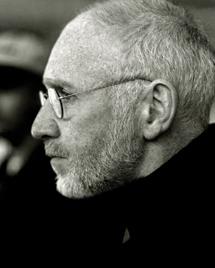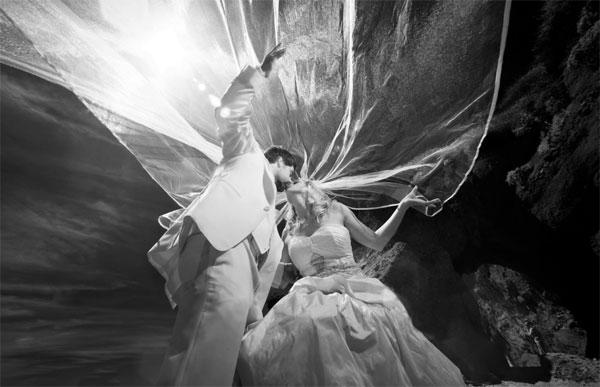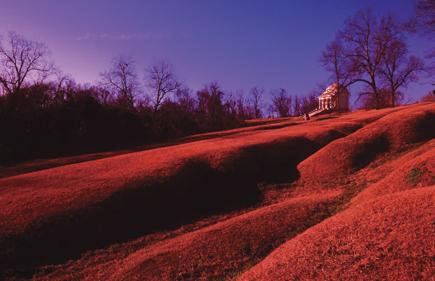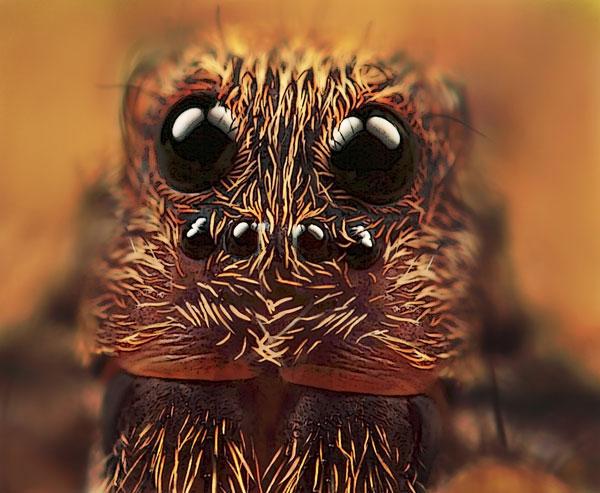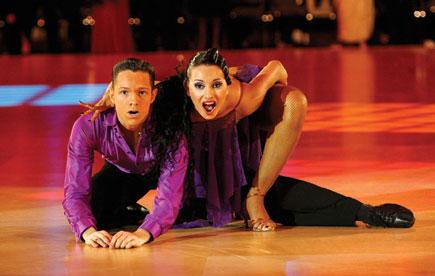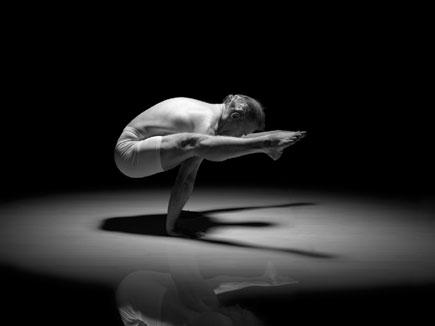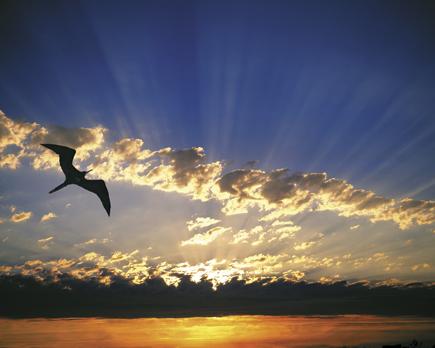Pro Techniques
Sort By: Post DateTitle Publish Date
|
Apr 01, 2008 |
|
Jul 31, 2013 |
|
May 01, 2009 |
|
Jul 26, 2013 |
First Published: Jun 01, 2013 |
|
Aug 16, 2013 |
|
Jun 22, 2023 |
|
May 15, 2014 |
First Published: Apr 01, 2014 |
|
Oct 01, 2008 |
|
Dec 05, 2012 |
|
May 01, 2005 |
|
Sep 01, 2009 |
|
Dec 01, 2007 |
|
Dec 01, 2007 |
